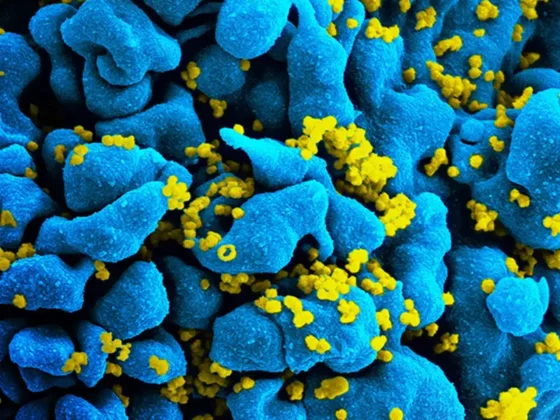Endometriosis is a condition that affects roughly 10% of women worldwide during their reproductive years. It happens when tissues similar to the lining inside the uterus start growing outside of it, often on the ovaries or other organs. These misplaced tissues respond to hormonal changes, especially during the menstrual cycle, causing severe pain. Despite how common this condition is; it is often misdiagnose or underdiagnose.
A recent study published in the Journal of Endometriosis and Uterine Disorders sheds light on the widespread impact of this condition and the disparities in its diagnosis. The study surveyed over 17,000 women in the U.S., ages 15 to 44, and found that more than two-thirds of those with endometriosis missed school or work due to the intense pain they experience.
Key Findings: Missed Work, School, and Under diagnosis
The study use data from the National Health and Nutrition Examination Survey. Which administered by the Centers for Disease Control and Prevention (CDC), covering the period from 2011 to 2019. This survey allowed the researchers to gather information on 17,619 women, which represents over 51 million women across the U.S. population.
One of the standout findings is that 6.4% of women in the study diagnosed with endometriosis. Of those diagnosed, more than 67% reported missing work or school, or being unable to do daily activities because of the pain caused by the condition.
Racial Disparities in Endometriosis Diagnosis
The study revealed that Black and Hispanic women less likely to receive an endometriosis diagnosis compared to white women. Black women had 63% lower odds of being diagnose. While Hispanic women had 55% lower odds. This finding highlights an important issue in healthcare: racial disparities.
These differences in diagnosis could be due to historical biases in the healthcare system, where the pain of women of color has often been overlooked or underestimated. Many medical professionals, including students and residents, still hold the mistaken belief that Black women have a higher pain threshold. As a result, their pain may not taken as seriously as it should be.
This is not the first time such disparities have uncovered. Similar findings have reported by researchers in the U.K., pointing to systemic biases and inequities in medical care for women of color.
Endometriosis and the LGBTQ Community
Another significant finding of the study is that women who identify as part of the LGBTQ community more likely to be diagnose with endometriosis compare to heterosexual women. The study found that women who identify as lesbian, gay, bisexual, transgender. Or queer had a 54% higher chance of being diagnose with the condition than straight women.
This study is the first to examine endometriosis diagnosis rates among non-heterosexual women on a national scale in the U.S. This new insight suggests that more attention should given to the health needs of women in the LGBTQ community.
Endometriosis: Affects Women Across Socioeconomic Levels
Interestingly, the study found no significant links between endometriosis and factors like poverty, education level, or employment status. This suggests that endometriosis affects women from all walks of life, regardless of their socioeconomic background.
Why It Matters?
This research is crucial because it highlights how endometriosis is still underdiagnosed, especially among women of color. Endometriosis can have a severe impact on a woman’s quality of life, causing not only physical pain but also emotional stress and financial strain due to missed work or school.
Despite the widespread nature of the condition, endometriosis remains under researched. The study’s findings underscore the need for more equitable healthcare practices and more attention to the specific health challenges faced by women of color and those in the LGBTQ community.
What’s Next for Research?
Researchers are continuing to study endometriosis, particularly the racial disparities in its diagnosis. One possible reason for these disparities is that the pain symptoms of Black women are often overlooked or minimized. In some cases, this could be due to the outdated belief that Black women experience less pain than others.
Additionally, many Black women face limited access to medical care, which further complicates getting a proper diagnosis. To address these issues, more research is being done to raise awareness about endometriosis and ensure that all women. Regardless of race or sexual orientation, receive the care they need.
Endometriosis remains a complex condition, and there is still much to learn about its causes and best treatment options. While some researchers believe that menstrual blood traveling outside the uterus may cause endometriosis, new research suggests that inflammation might play a bigger role in its development.
Read Also – Bengaluru Airport on High Alert Amid Mpox Outbreak: Tests And 21-Day Quarantine For Flyers
What’s clear is that more attention needs to be paid to this painful and costly condition to ensure that all women, regardless of their background, receive accurate diagnoses and effective care.











